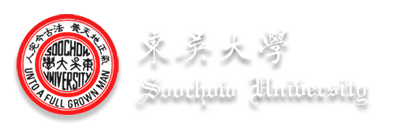The National Human Rights Museum displays the collection, research, and artifacts of relevant human rights archives during the authoritarian rule of Taiwan. The location the team went to was the Jing-Mei White Terror Memorial Park. Its main feature is showcasing the prison used to house political enemies of Chiang Kai-shek and the KMT, as well as people suspected of being communist spies. The museum contains bathrooms, and a small cafe, and is mostly wheelchair accessible, with some buildings having bumps in their entrances. It takes approximately 1-2 hours to tour the majority of the museum. You can enter Building 1, the visitor center, to receive an introduction to the museum, maps, and an audio guide in the form of a handheld device.
The map shows a recommended route to take throughout the museum to have an optimal experience. As the museum is built using the layout of the prison, there are multiple different buildings for tourists to explore and learn about. Each of these buildings serves a different function. For example, the first building the map recommends tourists visit is a courtroom where prisoners were tried. Another building displays the living conditions of the prisoners. Although the prison was renovated before it became the National Human Rights Museum, it was clear to the team that living conditions in the prison were far from ideal. In one such room, many prisoners were squeezed into a cell where they had less than half a square meter of space on average per prisoner. Not all buildings displayed their uses however, some were merely explaining different facets of the prison, such as its history.
Located on the far side of the museum is a monument honoring those who died during the White Terror and from the prison. It consists of a long row of names, each on a separate stone, that circles a pond. Although the museum is tourist-friendly, many signs were only in Chinese, so non-native visitors may need to use a translator to read these signs or listen to the English audio guide.
Our Thoughts
After seeing the condition the political prisoners were kept in, and hearing the number of people incarcerated, innocent or guilty, we saw Chiang Kai-shek in a much darker image, as a dictator who locked away anyone he saw as a threat. Even with the threat of communism, it is difficult to justify Chiang Kai-shek’s actions during the time the prison was active.
